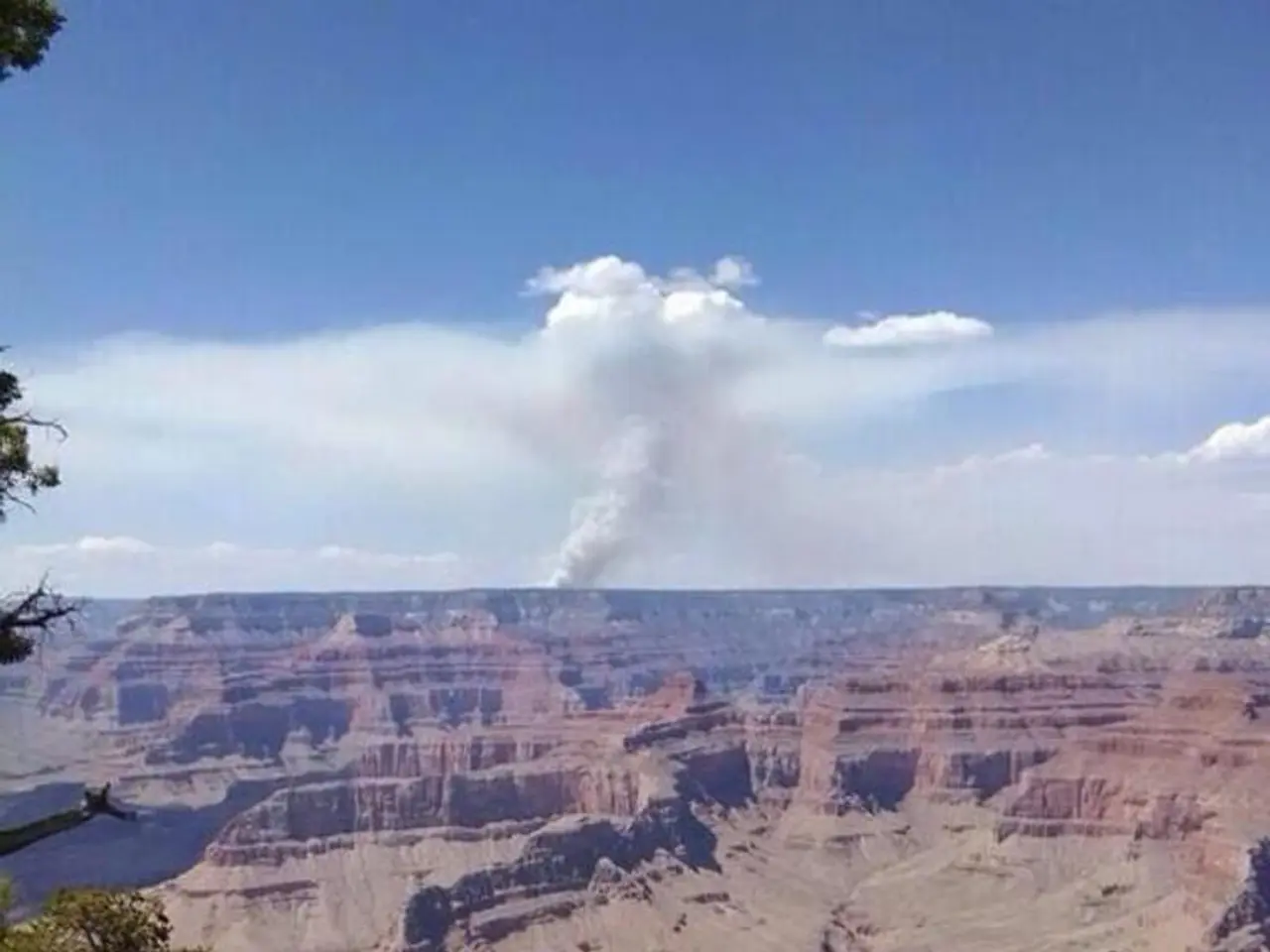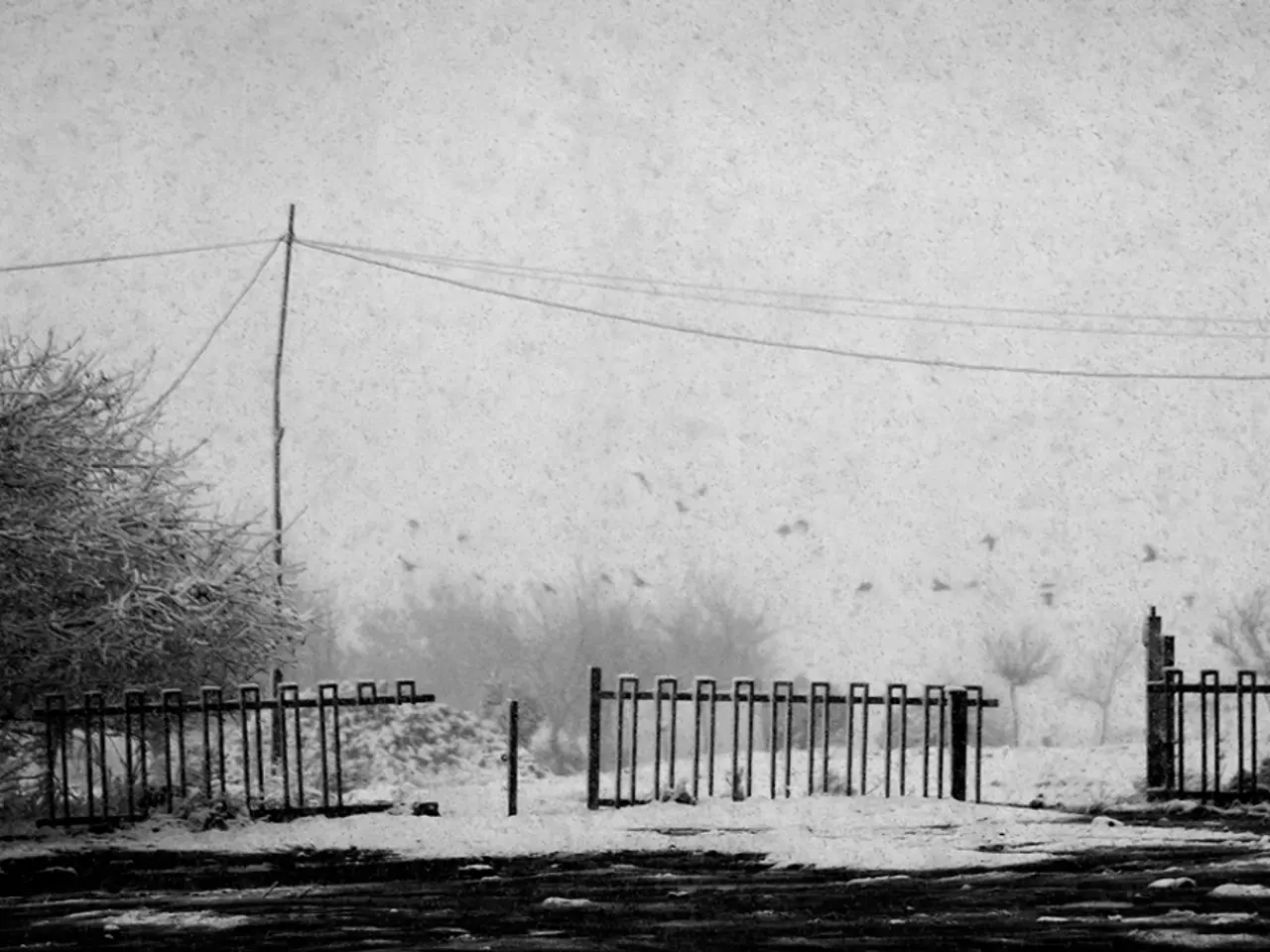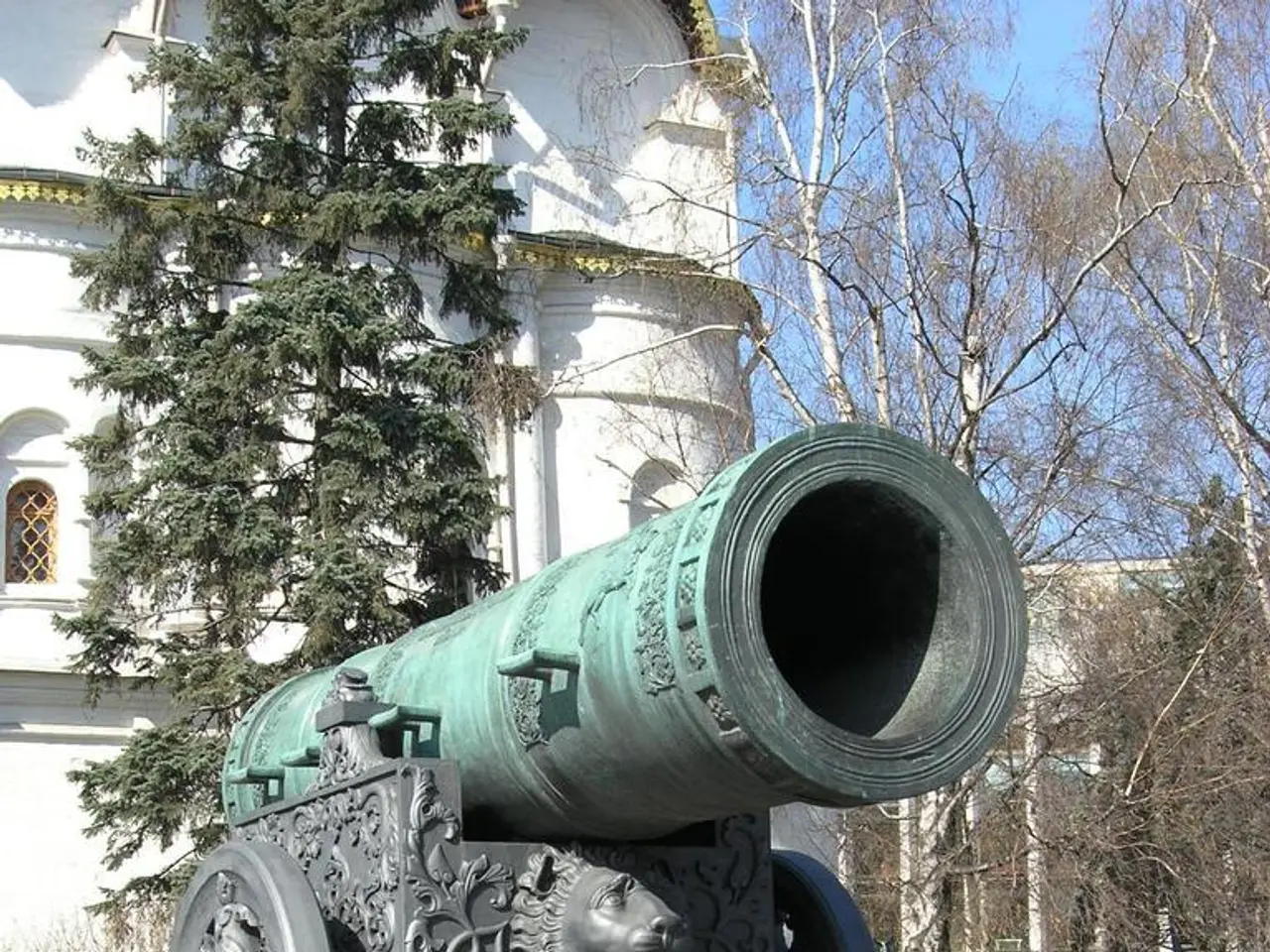Atlantic faces deep freezes due to the passing polar vortex.
The upcoming polar vortex collapse, predicted to occur in mid-March 2025, is set to bring extreme cold temperatures across most of the United States, Canada, and potentially parts of Europe and the UK. This will be the second polar vortex collapse of 2025, following one in February that caused deep freezes and widespread travel disruptions in North America.
The polar vortex is a meteorological phenomenon, a low-pressure area forming over the poles each winter at approximately 18 miles altitude. It stretches from the mid-troposphere (5 to 7 miles altitude) up to the stratosphere (6 to 31 miles). The phenomenon occurs due to sudden stratospheric warming (SSW), which weakens the polar vortex and allows Arctic air to move southward, leading to severe cold weather.
The affected regions in the United States include most of the country, with the previous February event impacting millions nationwide. The upcoming collapse may disrupt the polar jet stream and release cold air into North America, notably eastern Canada and the eastern U.S. Extreme temperatures during such events typically include sub-zero and bitter cold conditions, as seen with the earlier 2025 collapse that caused deep freezes and travel havoc. While exact temperature forecasts for the upcoming event are not detailed, similar polar vortex collapses have resulted in significant cold snaps over affected regions.
The National Weather Service (NWS) has announced an imminent polar vortex in the United States that will lead to extreme temperatures. Residents in Florida and Texas might experience sub-zero temperatures, potentially dropping as low as 17°F. The East Coast of the United States can expect frigid conditions, with lows reaching down to -13°F, accompanied by snowfall and strong winds. Residents in Minnesota might experience bone-chilling lows around -13°F.
It is crucial for those planning a trip to the United States or currently residing there to prepare for these extremely cold weather conditions. The NWS recommends staying updated with weather advisories to ensure safety during this polar vortex event. Additional winter forecasts for late 2025 and early 2026 indicate a colder-than-average winter with an “arctic blast type pattern,” consistent with polar vortex influences, especially in January 2026.
In 2022, a major unstable polar vortex impacted the U.S. with dire consequences, including fatalities and power outages affecting about 1.5 million homes across America and Canada. The polar vortex comes with strong west-to-east winds that drive the formation of a powerful jet stream. Snowfall and freezing winds could disrupt daily activities nationwide. The NWS had warned of potential lows reaching -49°F during the 2022 event.
In summary, the upcoming polar vortex collapse in mid-March 2025 is expected to bring extreme cold temperatures across parts of Canada and the United States, potentially impacting the UK and Europe as well. It is recommended to stay updated with weather advisories to ensure safety during this event. Additionally, winter 2025–2026 forecasts predict a colder-than-average winter, especially in January 2026.
The polar vortex collapse, happening in mid-March 2025, is predicted to be a significant event in environmental-science, potentially affecting the weather patterns in the United States, Canada, and even parts of Europe and the UK. This meteorological phenomenon, caused by sudden stratospheric warming, may lead to extreme cold temperatures and disrupt normal weather conditions, as previously seen in the February 2025 collapse that caused deep freezes and widespread travel disruptions.








